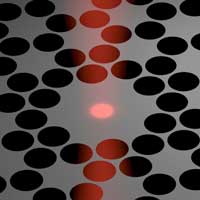 The first demonstration of an approach that inverts the standard paradigm of scanning probe microscopy raises the prospect of force sensing at the fundamental limit.
The first demonstration of an approach that inverts the standard paradigm of scanning probe microscopy raises the prospect of force sensing at the fundamental limit.
Monday, February 8, 2021
New microscopy concept enters into force
 The first demonstration of an approach that inverts the standard paradigm of scanning probe microscopy raises the prospect of force sensing at the fundamental limit.
The first demonstration of an approach that inverts the standard paradigm of scanning probe microscopy raises the prospect of force sensing at the fundamental limit.
'Magnetic graphene' forms a new kind of magnetism
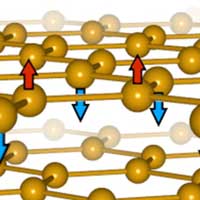 Researchers have identified a new form of magnetism in so-called 'magnetic graphene', which could point the way toward understanding superconductivity in this unusual type of material.
Researchers have identified a new form of magnetism in so-called 'magnetic graphene', which could point the way toward understanding superconductivity in this unusual type of material.
'Multiplying' light could be key to ultra-powerful optical computers
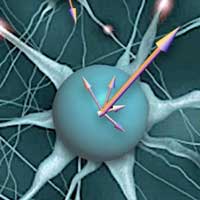 New type of optical computing could solve highly complex problems that are out of reach for even the most powerful supercomputers.
New type of optical computing could solve highly complex problems that are out of reach for even the most powerful supercomputers.
Design of a nanometric structure that improves solar cell efficiency
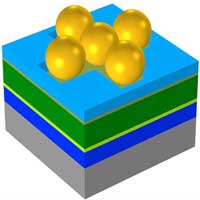 Researchers have developed a new nanostructure that can cover the surface of some silicon solar panels and improve their performance by up to 40%. This design could be applied to future solar installations to achieve a better energy efficiency.
Researchers have developed a new nanostructure that can cover the surface of some silicon solar panels and improve their performance by up to 40%. This design could be applied to future solar installations to achieve a better energy efficiency.
Switching nanolight on and off
 A unique platform to program a layered crystal, producing imaging capabilities beyond common limits on demand.
A unique platform to program a layered crystal, producing imaging capabilities beyond common limits on demand.
Rapid, reliable on-site drug detection using wearable sensor with nanomaterials
 Researchers have developed a wearable sensor that can detect illegal drugs in sweat by using nanomaterials technology that amplify the optical signal of narcotics to a flexible, body-worn material.
Researchers have developed a wearable sensor that can detect illegal drugs in sweat by using nanomaterials technology that amplify the optical signal of narcotics to a flexible, body-worn material.
Researchers develop flexible crystal, paving the way for more efficient bendable electronics
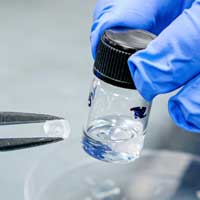 Scientists have developed a new material, that when electricity is applied to it, can flex and bend forty times more than its competitors, opening the way to better micro machines.
Scientists have developed a new material, that when electricity is applied to it, can flex and bend forty times more than its competitors, opening the way to better micro machines.
Scientists create armour for fragile quantum technology
 Researchers have invented the equivalent of 'body armour' for extremely fragile quantum systems, which will make them robust enough to be used as the basis for a new generation of low-energy electronics.
Researchers have invented the equivalent of 'body armour' for extremely fragile quantum systems, which will make them robust enough to be used as the basis for a new generation of low-energy electronics.
Researchers produce single-chain nanoparticles and reveal their inner structure for the first time
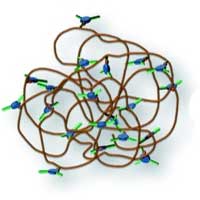 Nanoparticles can be furnished with dyes and could be used for new imaging techniques, researchers show in a recent study.
Nanoparticles can be furnished with dyes and could be used for new imaging techniques, researchers show in a recent study.
Subscribe to:
Comments (Atom)
